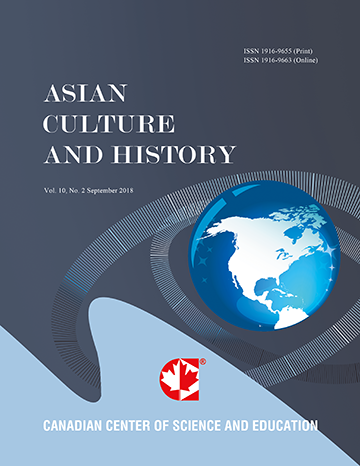Attitudes of Professional Muslim Women in Saudi Arabia regarding Wearing the Abaya
- C.A. DeCoursey
Abstract
Clothing choices create a “semiotic sparkle” for the individual, and convey meaning to viewers. In a global world, interpretations may differ, if wearer and viewer are from different cultures. This is the case for the hijab, or required Muslim dress for women, which has been profoundly ideologised. This study explores how young professional Saudi women understand the abaya, the long outer robe, as a fashionable article of clothing. Corpus data was analysed using Appraisal techniques. Positive results indicate they focus on visual details, appreciate its enabling both comfort and elegance, and perceive design-diversification according to social identities, activities, contexts and roles. They view wearing the abaya as culturally authentic, more than a religious duty. Negative results focused on hot textiles in summer, movement hindrance, and cleanliness.
- Full Text:
 PDF
PDF
- DOI:10.5539/ach.v9n2p16
Journal Metrics
Google-based Impact Factor (2017): 5.42
h-index (January 2018): 11
i10-index (January 2018): 21
h5-index (January 2018): 6
h5-median (January 2018): 9
Index
- Academic Journals Database
- CNKI Scholar
- COPAC
- EconPapers
- Elektronische Zeitschriftenbibliothek (EZB)
- Excellence in Research for Australia (ERA)
- Genamics JournalSeek
- Google Scholar
- Infotrieve
- LOCKSS
- MIAR
- NewJour
- Open J-Gate
- PKP Open Archives Harvester
- Publons
- RePEc
- Scilit
- SHERPA/RoMEO
- Standard Periodical Directory
- Technische Informationsbibliothek (TIB)
- The Keepers Registry
- Universe Digital Library
- WorldCat
Contact
- Ivan YongEditorial Assistant
- ach@ccsenet.org
